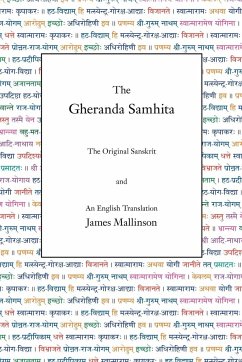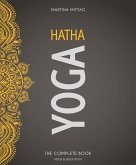This affordable, definitive edition of the Gheranda Samhita contains a new introduction, the original Sanskrit, a new English translation, and 39 full-page photographs. It's the most encyclopedic of the classic Yoga texts and teaches a unique sevenfold path to perfection of the person. This is the first edition to meet high academic, literary, and production standards. It's for people who practice Yoga and for anyone with an interest in health and fitness, philosophy, religion, spirituality, mysticism, or meditation. From the Introduction The book you are about to read, a manual of Yoga taught by Gheranda to Chanda, is the most encyclopedic of all the root texts of Hatha Yoga. At the beginning of the book, Chanda asks Gheranda to tell him about the Yoga of the body, which is the cause of knowledge of the Ultimate Reality. Gheranda assents and the book is thus called the Gheranda Samhita, or "The Collection [of Verses] of Gheranda." It sets itself apart from other books on Hatha Yoga in two notable ways. Firstly, it calls its Yoga "ghata Yoga" or "ghatastha Yoga" and not Hatha Yoga. The usual meaning of ghata is "pot," but here it refers to the body, or rather the person, since the techniques taught by Gheranda work on both the body and the mind. Secondly, it is unique in teaching a sevenfold path to perfection of the person. Excerpt The yogi should visualize a sublime ocean of nectar in his heart, with an island of jewels in its middle whose sand is made of gemstones. In every direction there are kadamba trees with abundant flowers. Bees and cuckoos buzz and call there. He should steady himself and visualize a great jeweled pavilion . . .








